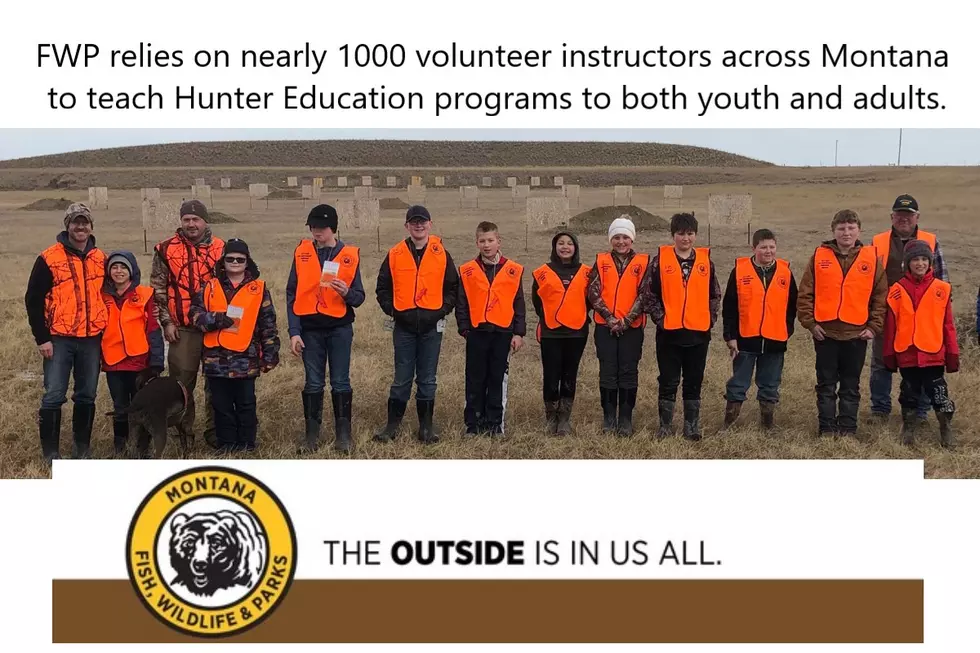
Ag Alert: Orange Wheat Blossom Midge Invades Pondera County
The following information is from Pondera County Agent Dan Picard:
History
The Orange Wheat Blossom Midge first surfaced inFlatheadCountyduring 2006 and has continued to be a significant pest problem. MSUExtensionPonderaCountyhas placed pheromone traps out in the county for the past several years to determine if OWBM midge was present in this area. We did not find any midge in the traps until 2011. Last year, the Orange Wheat Blossom Midge was detected in irrigated spring wheat fields nearValierMTand in an irrigated field west of Conrad. The numbers were low, but the identification of this pest has raised concerns for area producers.
2012
In 2012 we had traps placed in a more traditional scouting pattern in an irrigated field east of Valier and an irrigated field north of Valier 7 miles. We found significantly more midge in both trapping locations, but not at economic levels. The fields were scouted using the traditional methods evaluating the midge flying from 8:30till 10 in the evening on July 18th. We found midge flying, but the wheat fields were beyond the stage of being susceptible to midge damage. Dr. David Weaver found a large numbers of sawfly predators present in the fields. Others scouting included Bob Stougaard, Northwest ARC and Gadi Reddy from the Western Triangle ARC.
2013
Growers will be updated further at various programs during 2013. Additional tools will be made available to growers to use in scouting their own operations for this new pest. Contact Dan Picard, Pondera County Agent for more information.
Cooperative Efforts
With a grant provided by the Montana Wheat and Barley Committee,MontanaStateUniversityfaculty at theNorthwesternAgriculturalResearchCenternear Kalispell andBozemanare teaming-up with area extension agents in order to figure out what’s going on with this pest in the Golden Triangle. Pheromone traps have been placed throughout the Golden Triangle to assist in monitoring for this pest. These traps serve as an early warning system and field scouting should be conducted once adults have been found in the pheromone traps.
So what can I do?
Field scouting will be essential for determining potential crop yield losses due to the midge. The adult females can be observed on warm, calm evenings as they lay their eggs on the wheat heads. The best time to scout is between8:30 and10pm when temperatures are above 60º F and wind speeds are less than 6 mph. Fields should be monitored from the time the heads begin to emerge from the boot until the anthers are visible since eggs laid during this time have the greatest damage potential. Once flowering (anthesis) is complete, the potential damage is said to be significantly reduced. If midge populations are high (1 midge per 4 to 5 heads) then an insecticide application may be warranted. If wheat prices are high, treatments may be justified if there is 1 adult per 7 to 8 wheat heads. Provided that the threshold values are present, the optimum stage to apply an insecticide is when 70 percent of the spring wheat crop has headed. It is also a great idea to begin recording the heading dates of individual fields. This information could be helpful for future control efforts and in understanding the potential for midge damage to the crop.









